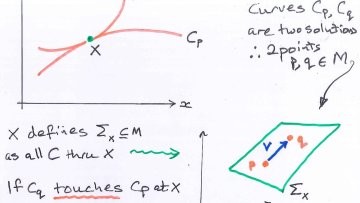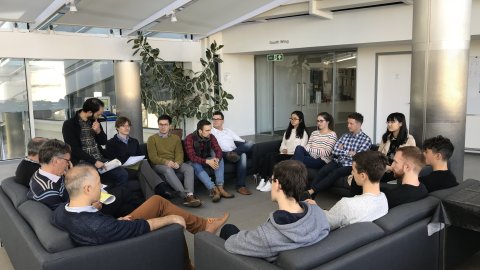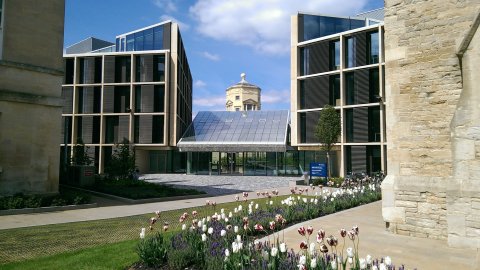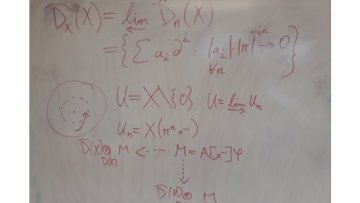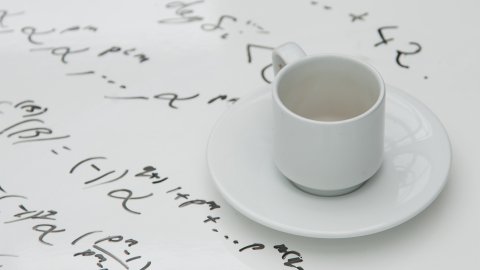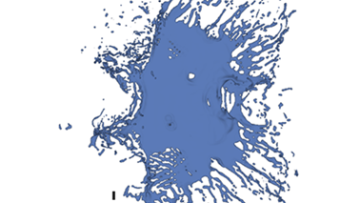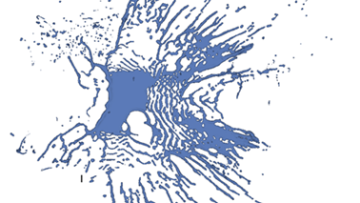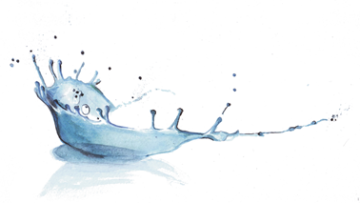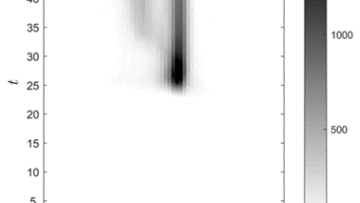Diophantine approximation is about how well real numbers can be approximated by rationals. Say I give you a real number $\alpha$, and I ask you to approximate it by a rational number $a/q$, where $q$ is not too large. A naive strategy would be to first choose $q$ arbitrarily, and to then choose the nearest integer $a$ to $q \alpha$. This would give $| \alpha - a/q| \le 1/(2q)$, and $\pi \approx 3.14$.
If you type fundamental anagram of calculus into Google you will be led eventually to the string of symbols 6accdæ13eff7i3l9n4o4qrr4s8t12ux, probably accompanied by an explanation more or less as follows: this is a recipe for an anagram - take six copies of a, two of c, one of d, one of æ and so on, then rearrange these letters into a chunk of Latin.
Fusion energy may hold the key to a sustainable future of electricity production. However some technical stumbling blocks remain to be overcome. One central challenge of the fusion enterprise is how to effectively withstand the high heat load emanating from the core plasma. Even the sturdiest solid solutions suffer damage over time, which could be avoided by adding a thin liquid coating.
Oxford Mathematician Andreas Bode talks about his work in representation theory and its lesson for the interconnectness of mathematics.
Oxford Mathematician Elena Gal talks about her recently published research.
As you settle into your seat for a flight to a holiday destination or as part of yet another business trip, it is very easy to become absorbed by the glossy magazines or the novel you've been waiting forever to start reading. Understandably, the phrase "safety features on board this aircraft" triggers a rather unenthusiastic response. But you may be surprised by some of the incredible technology just a few feet away that is there to make sure everything goes smoothly.



